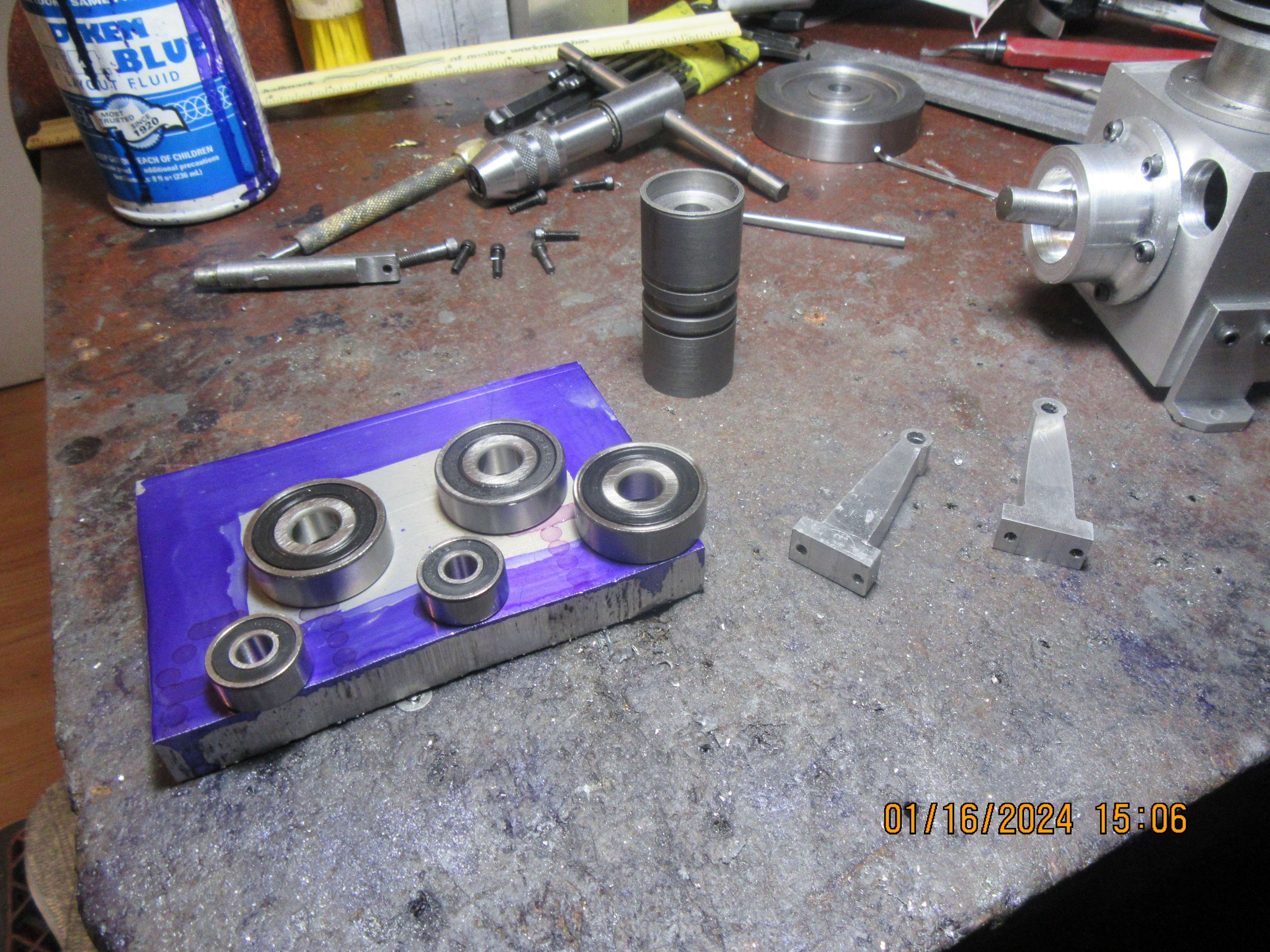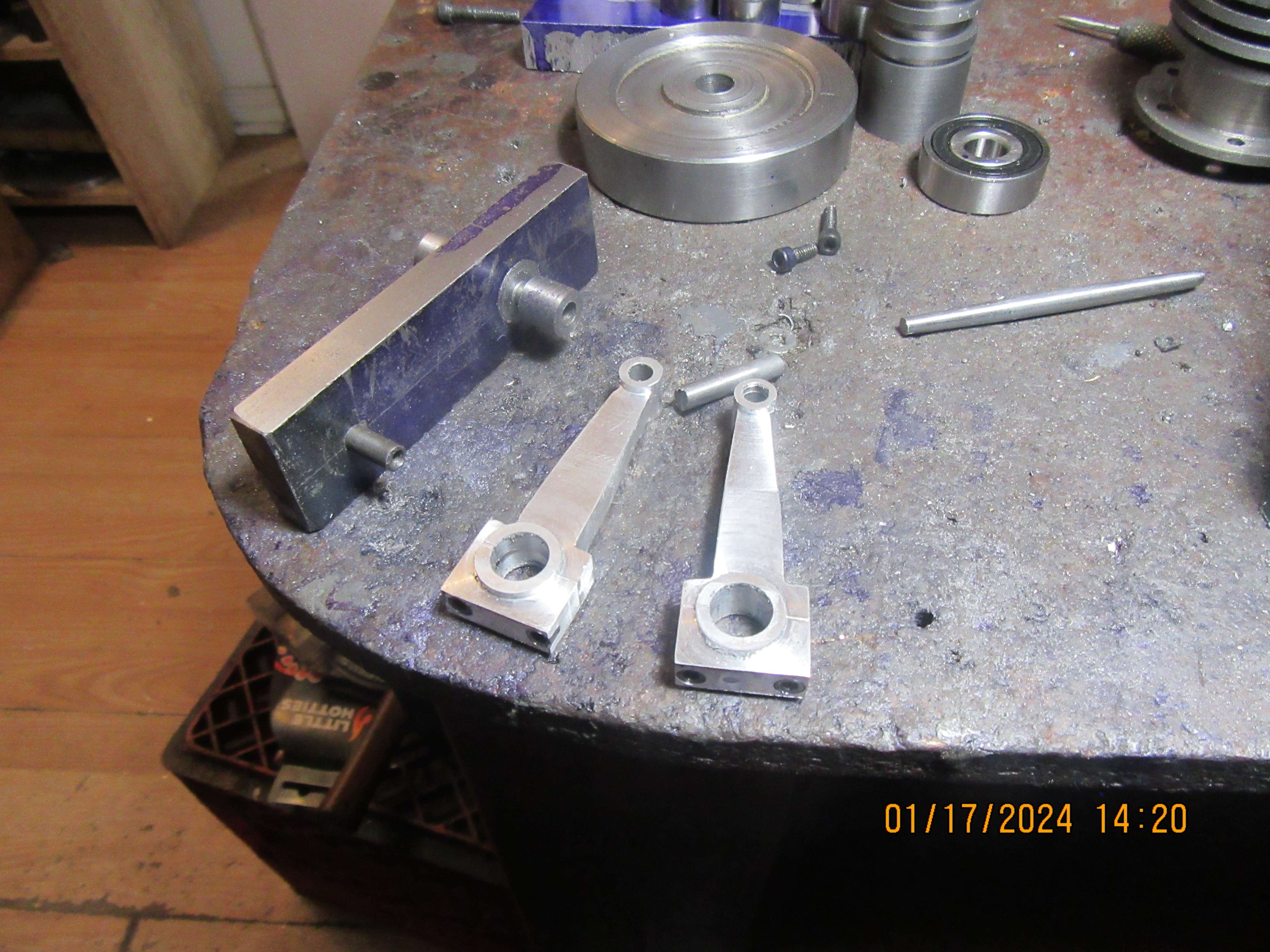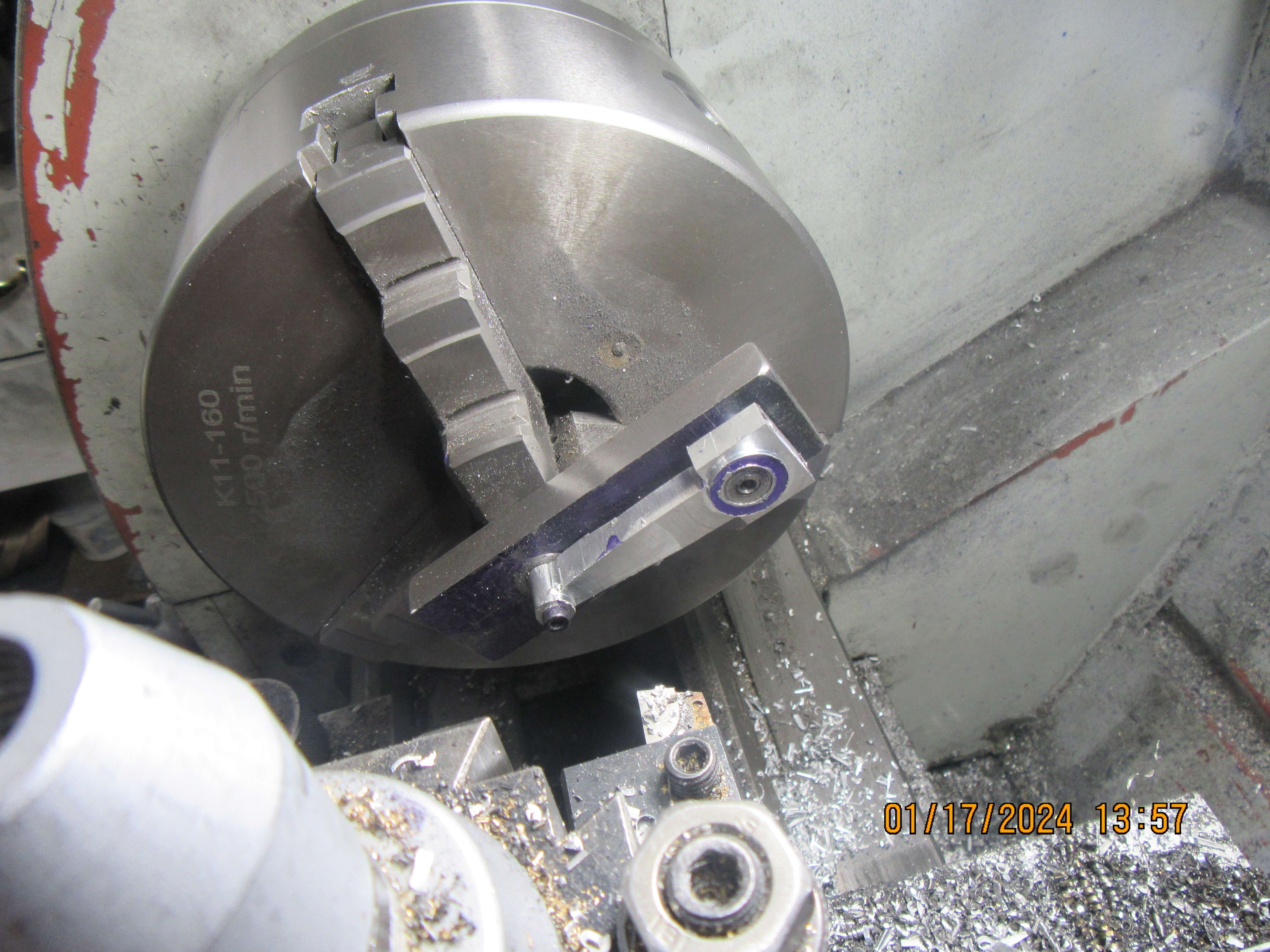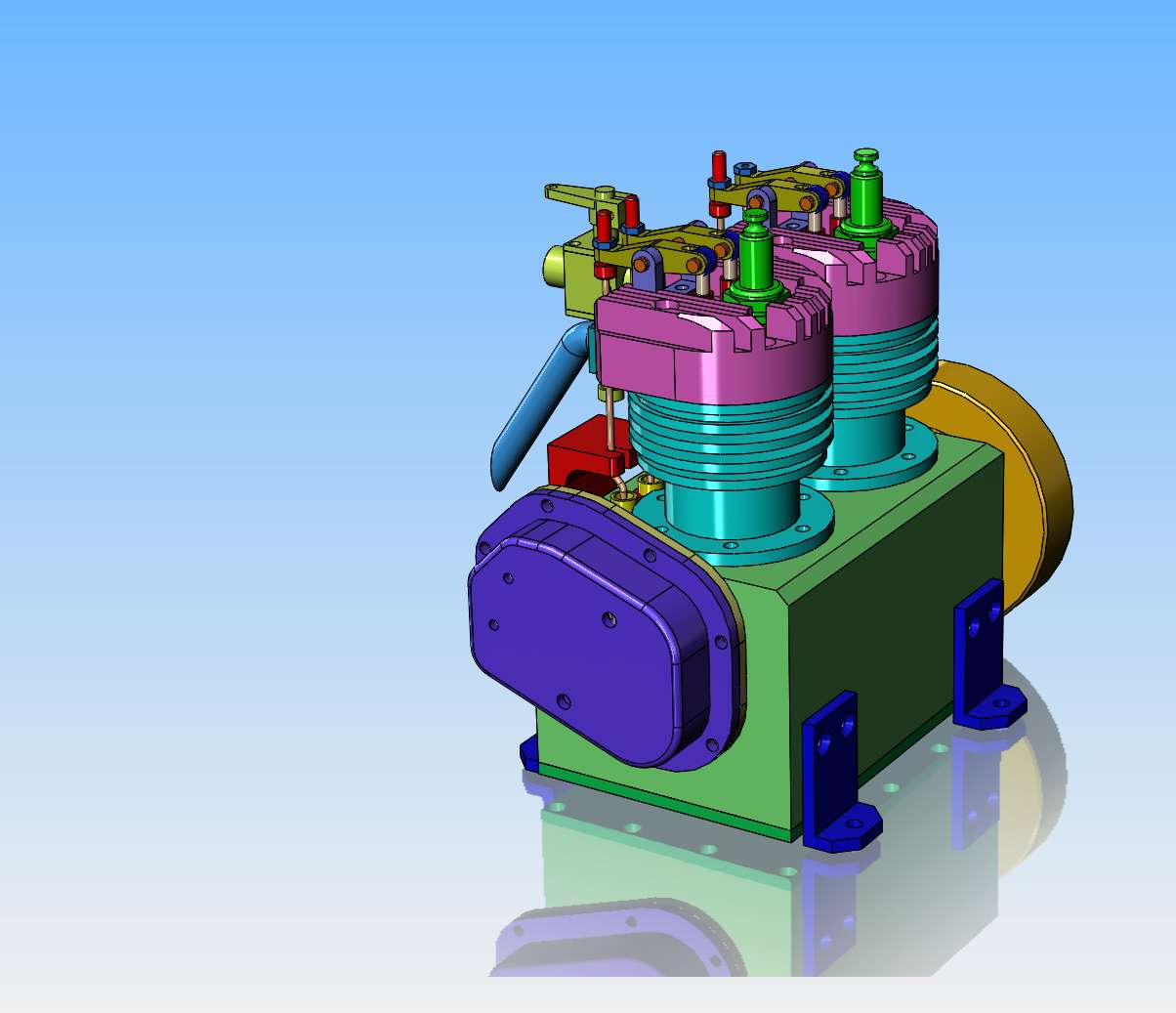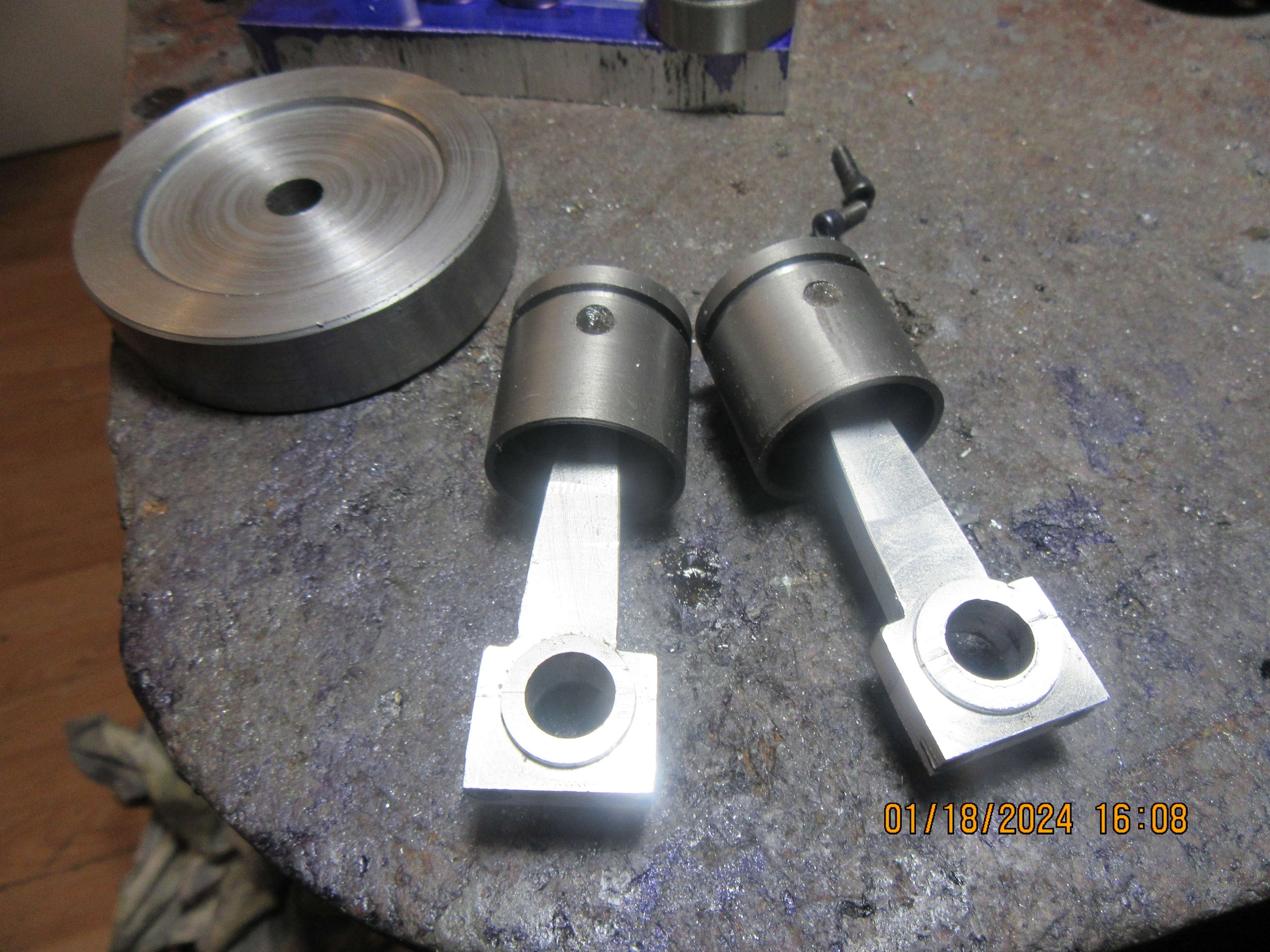I just talked to my cast iron suppliers, and they want $40 for a piece of round cast iron 2" diameter x 4 1/2"long. That would be enough to make my two cylinders, but man, that price just kills me. Aluminum cylinders don't work well, they constantly shed a sludge made up of lubricant and the inside of the aluminum cylinder wearing away. I normally make my cylinders from cast iron, but with the price of cast iron, I'm looking for a cheaper alternative. I've been wondering about a cold rolled steel cylinder running with a cast iron piston and Viton o-ring. Any advice would be a good thing, but don't tell me unless you've done it yourself please.





